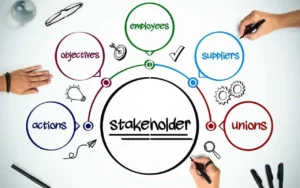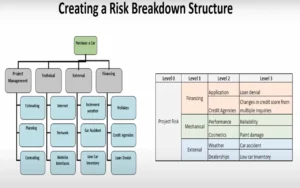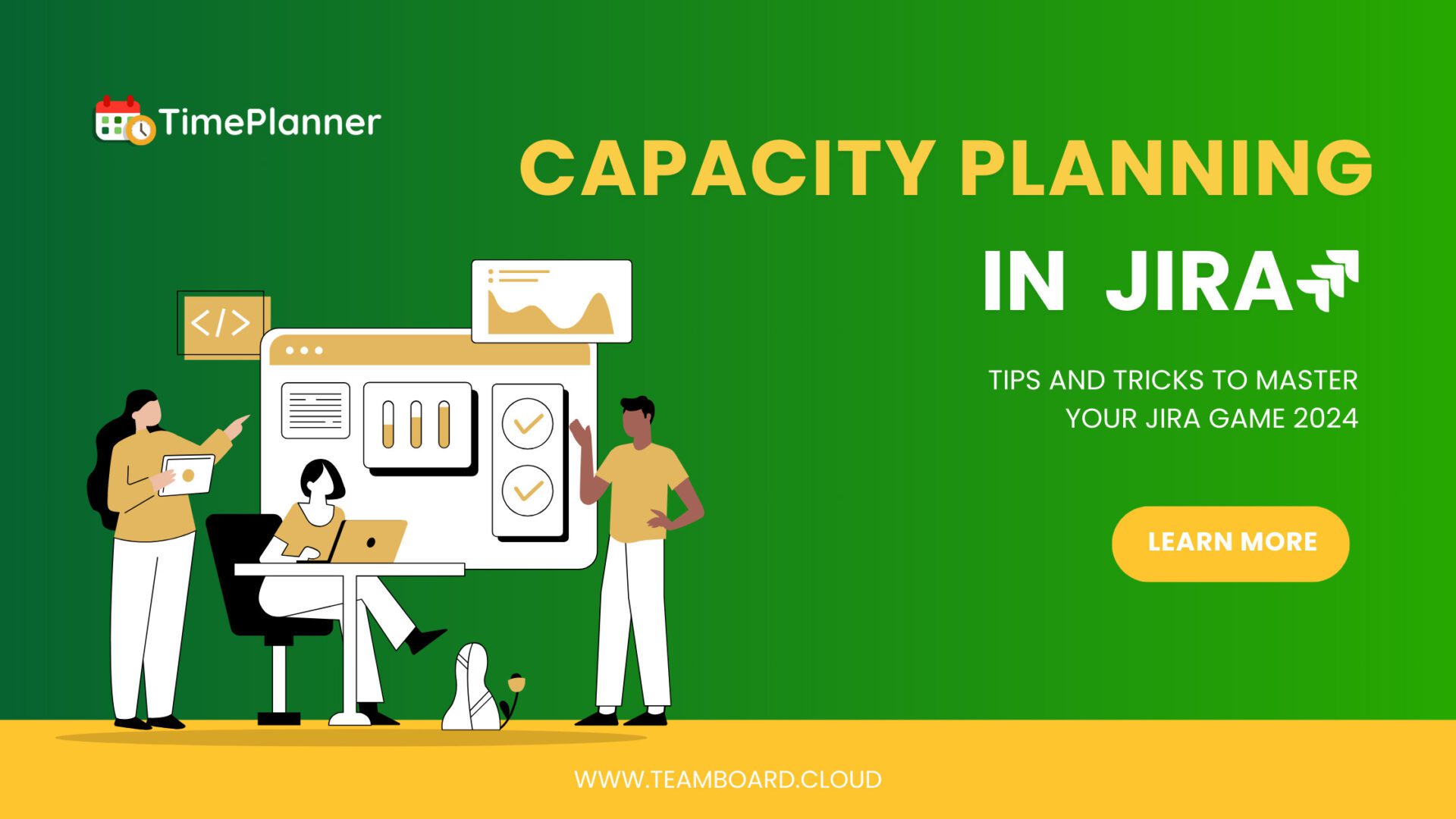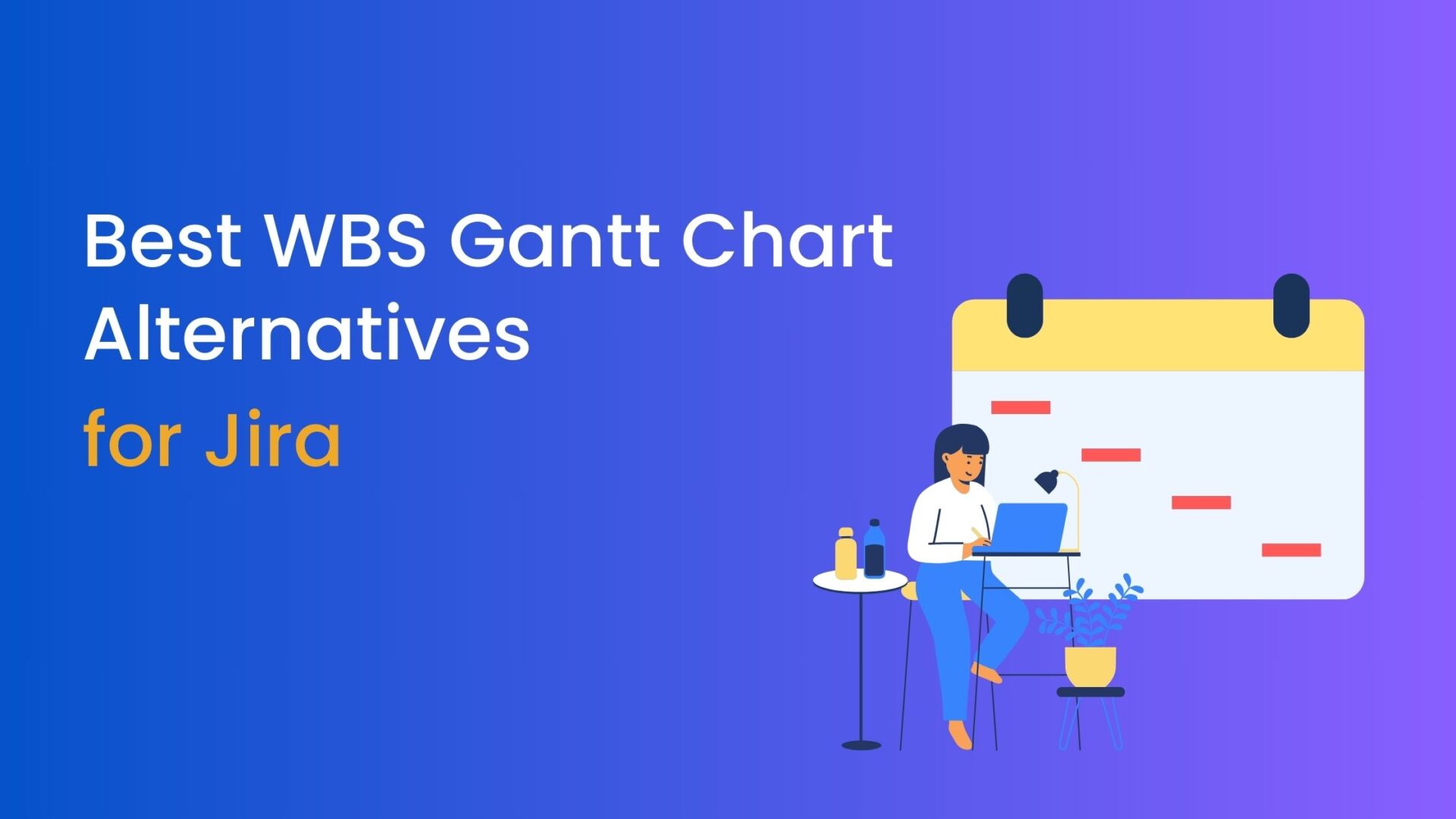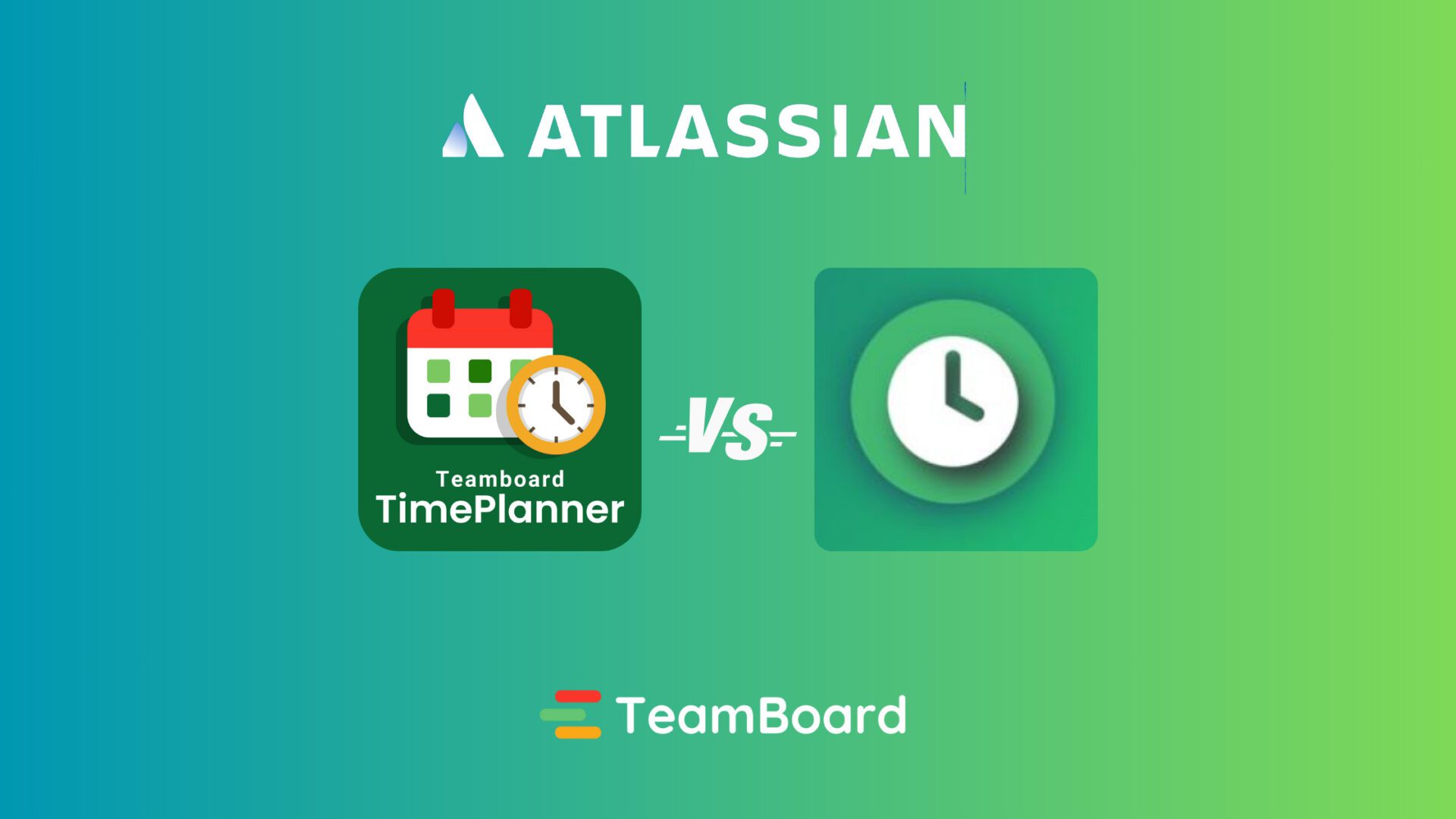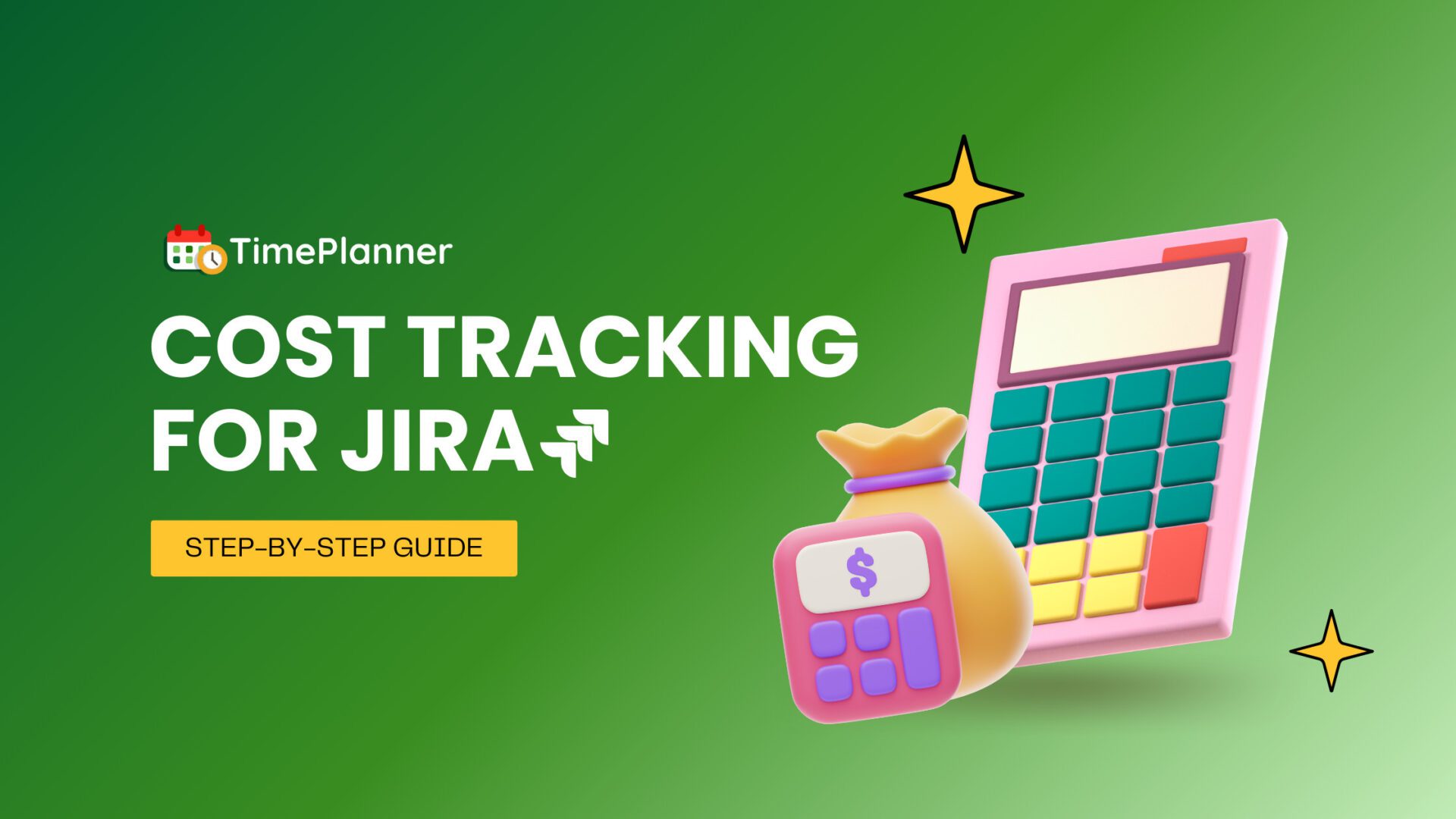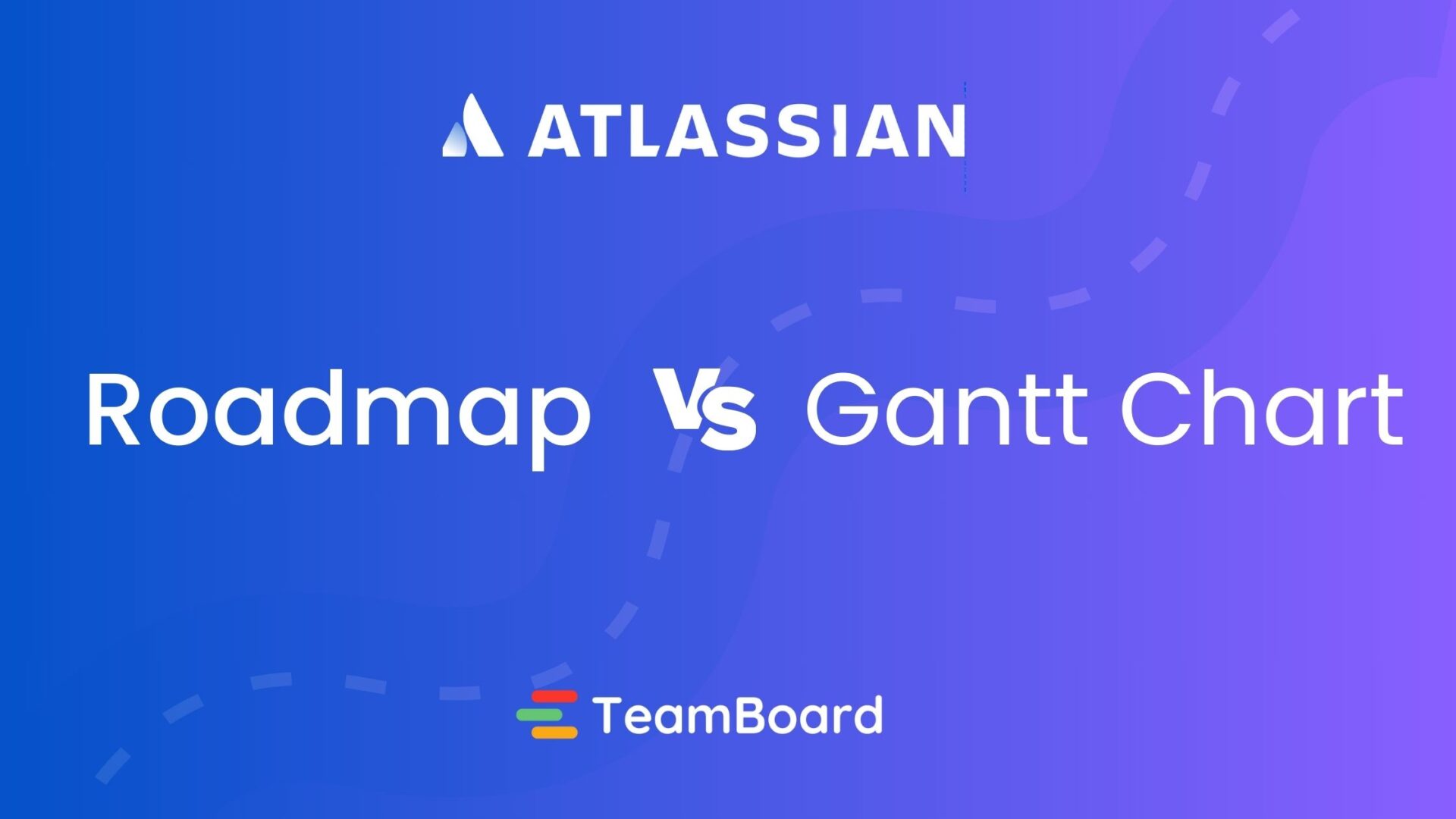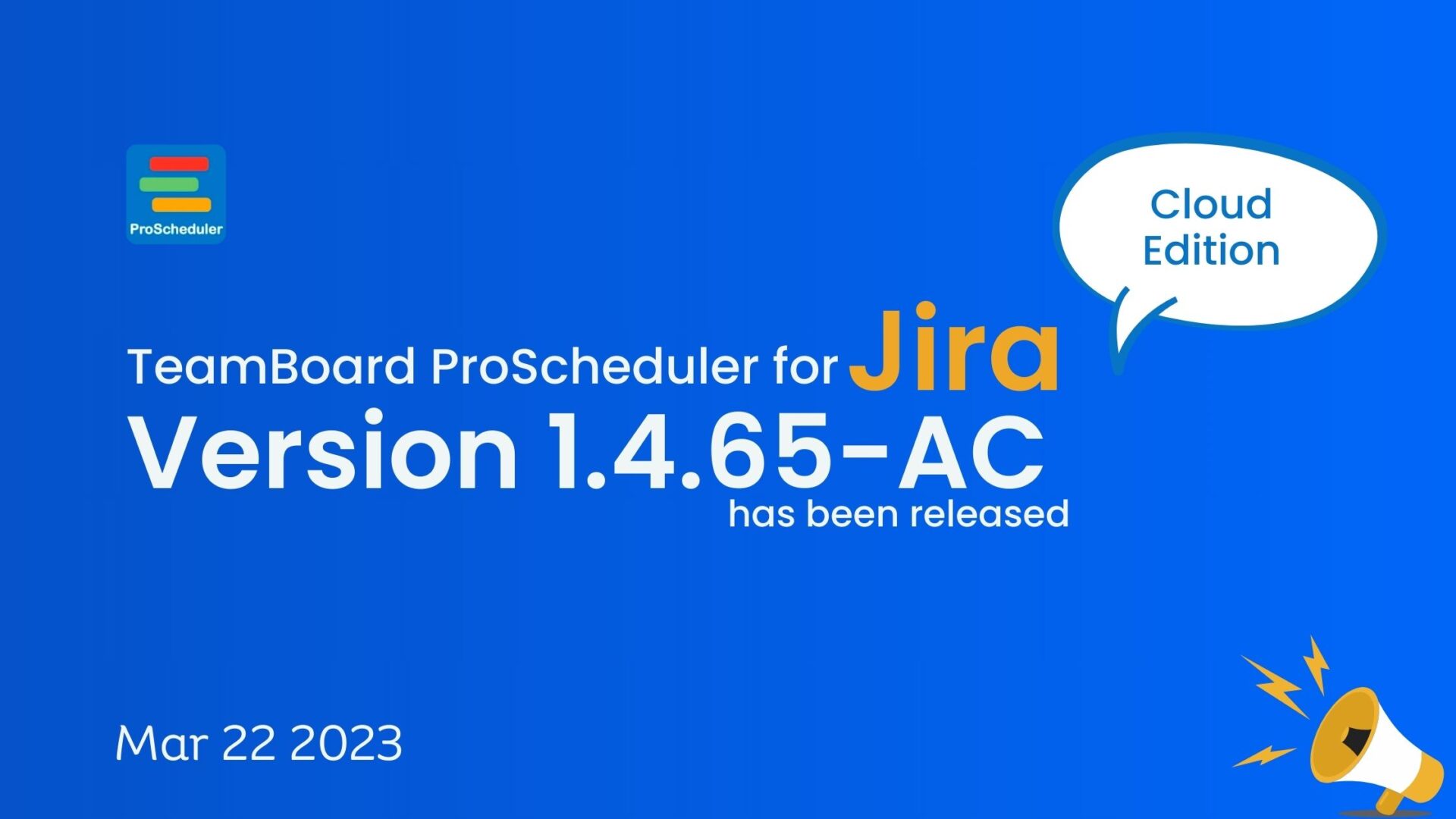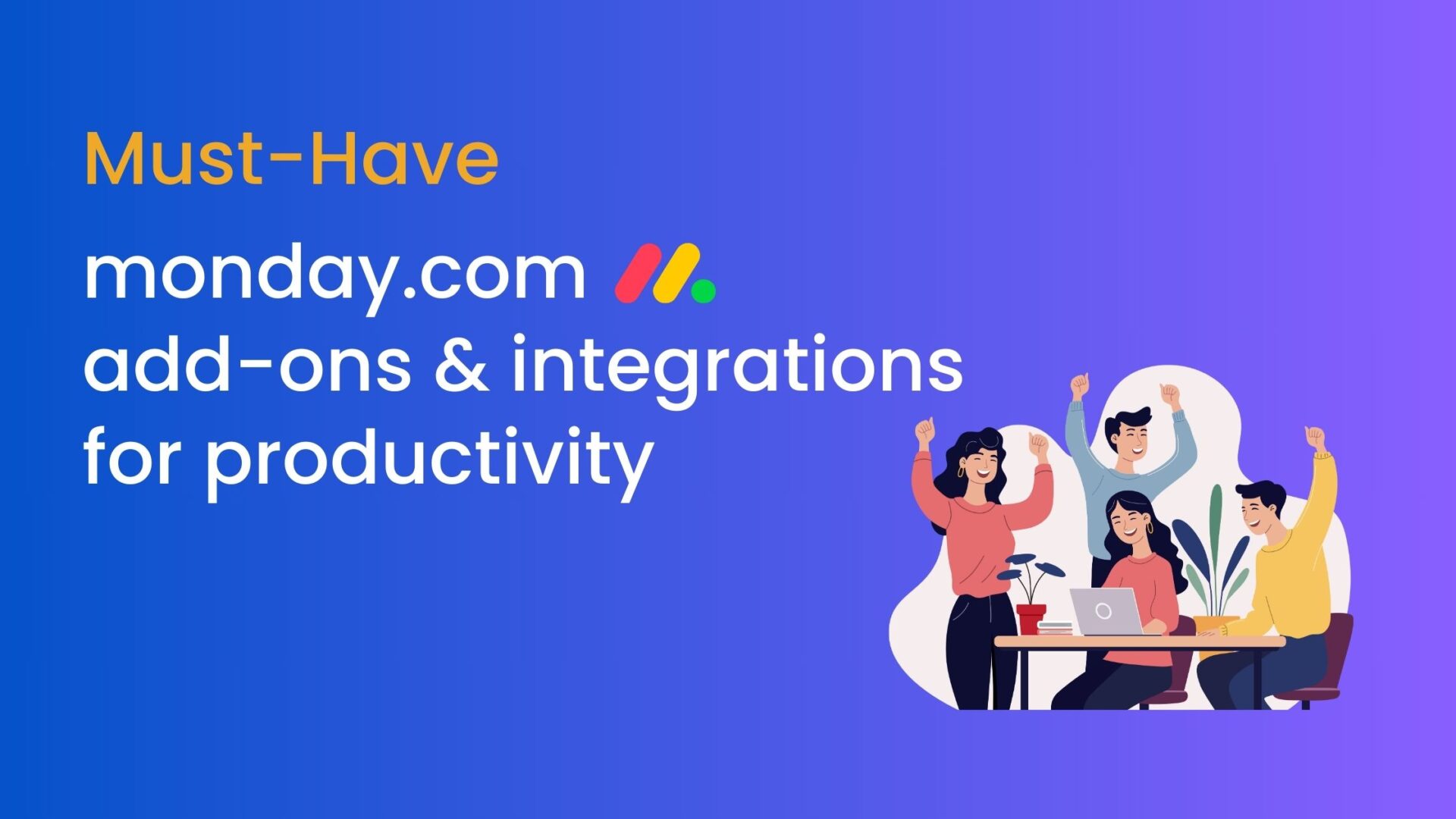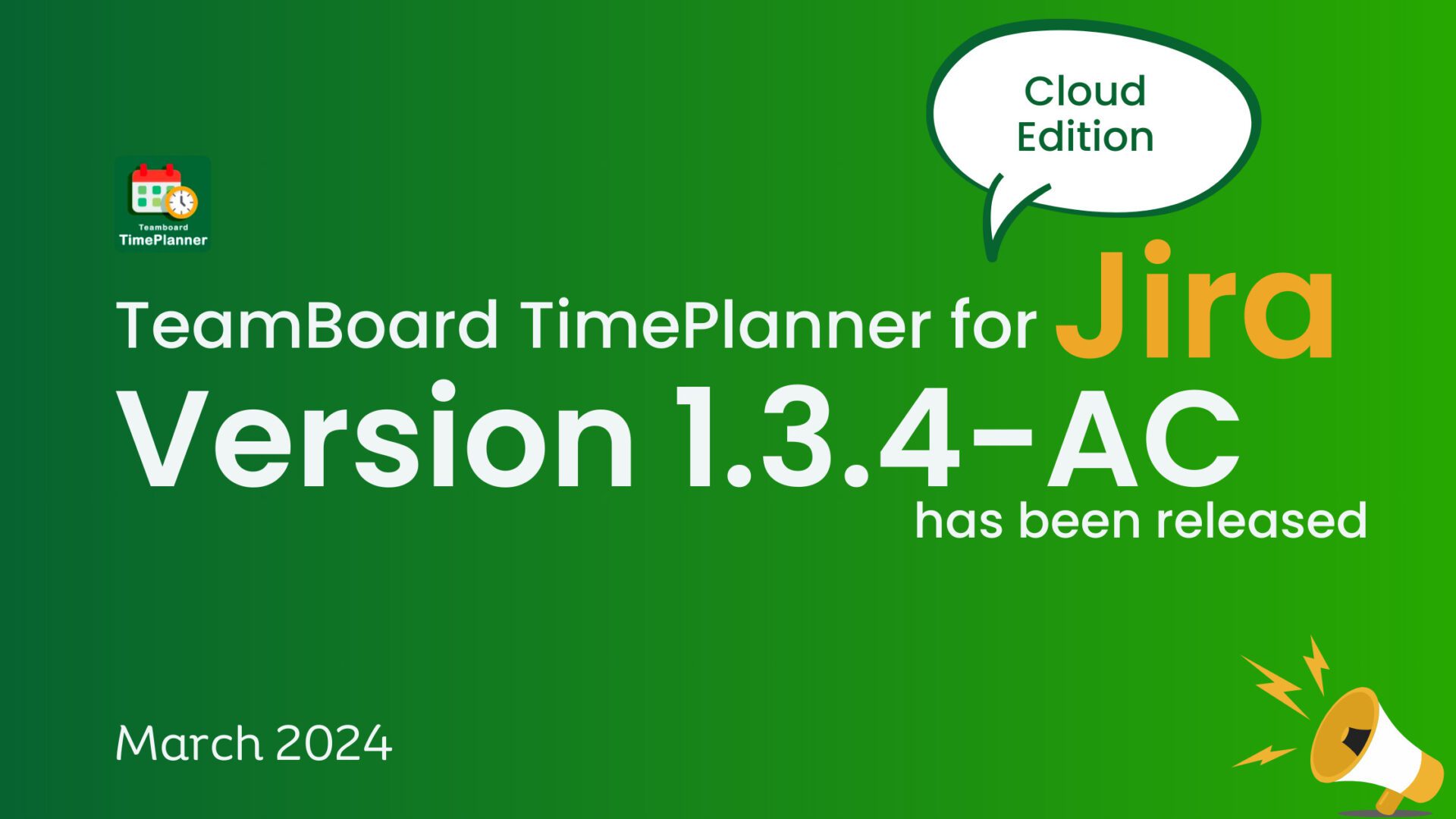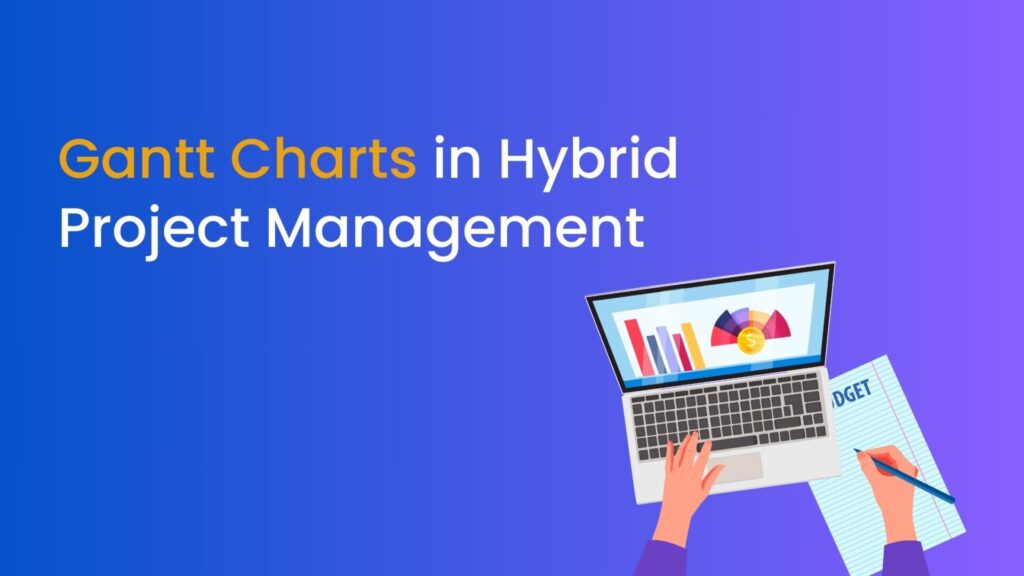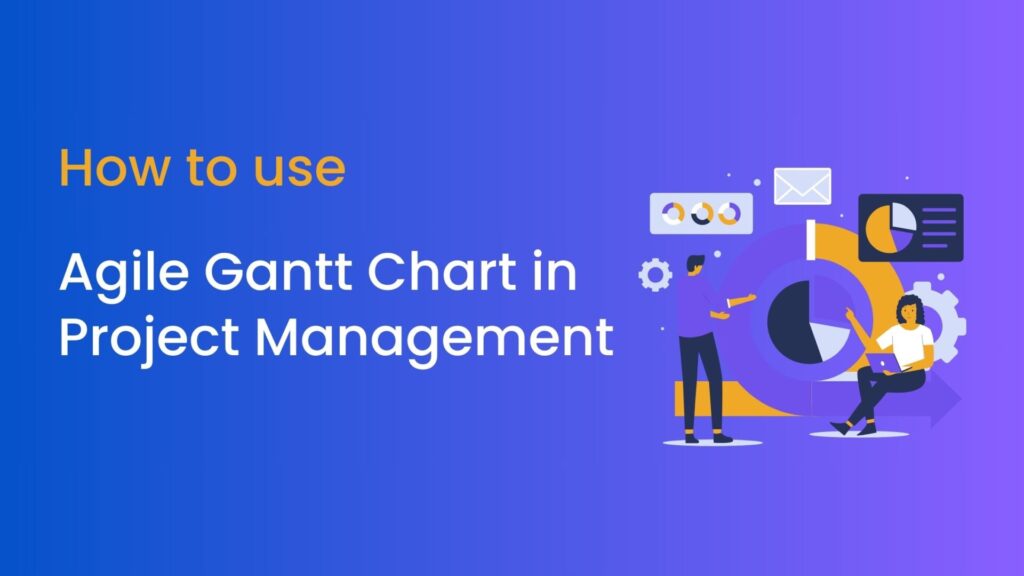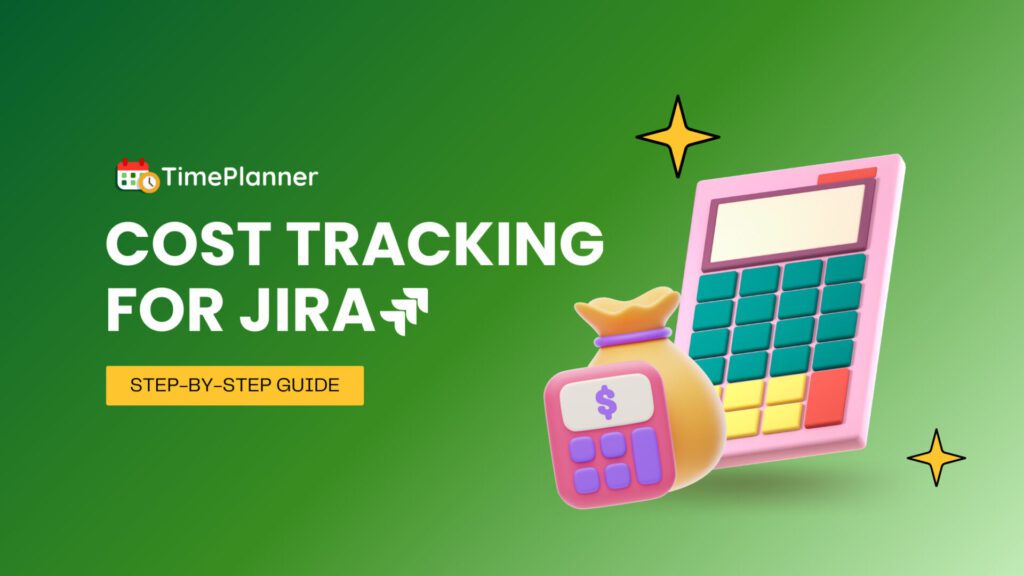Table of Contents
Importance of Contingency plan in Project Management
Project success depends on efficient planning and execution. The group engages in early project activities that study risk variables that could negatively influence the project. Nearly 54% of all project-related firms are thought to be unsuccessful in tracking their KPIs in real-time. Due to poor project management, firms waste 12% of their resources. People always have a backup plan, or “Plan B,” in case their first strategy doesn’t work out as expected. A contingency plan in project management is an essential component for any company because it can protect you from calamities and guarantee the successful execution of your business strategies.
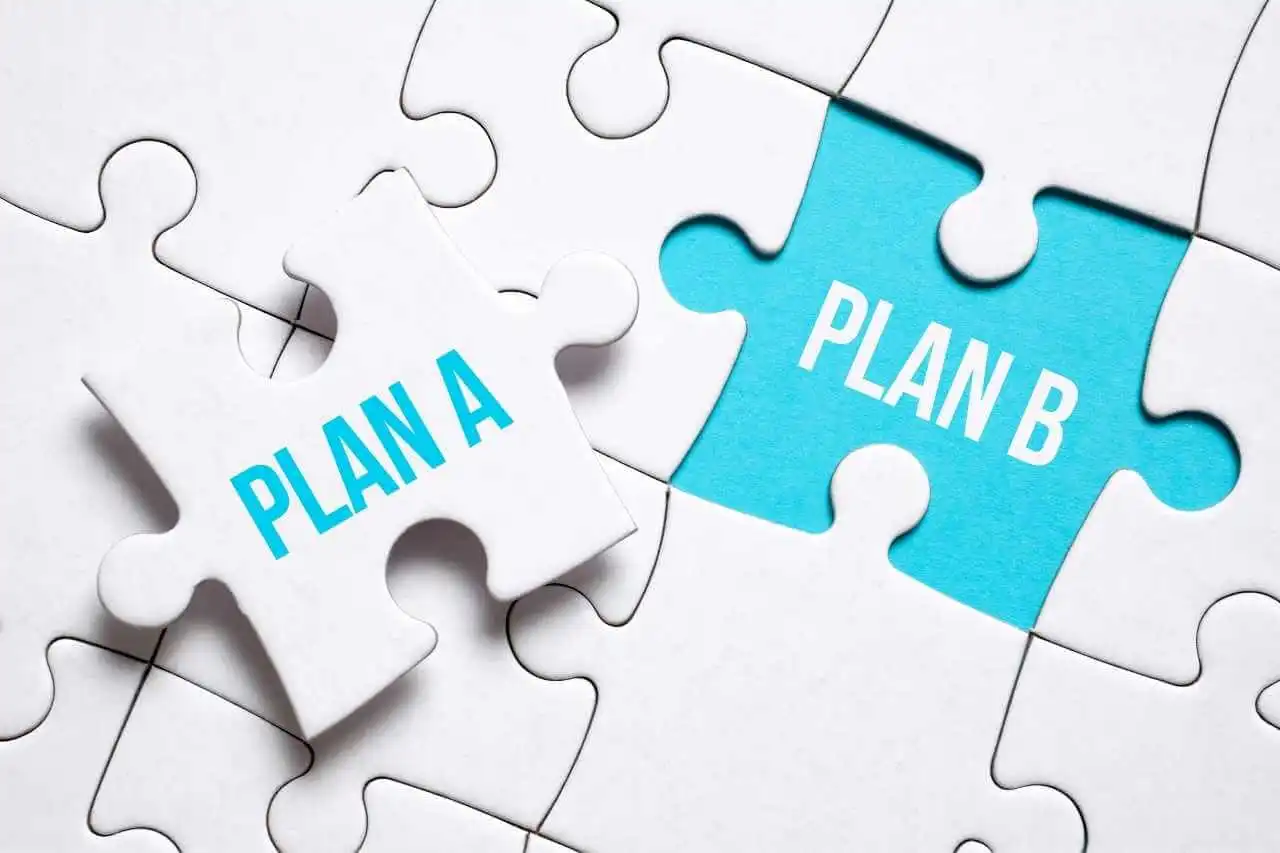
The likelihood of your organization or project succeeding can drastically decrease without a contingency plan.
What is a Contingency Plan in Project Management?
A contingency plan is a methodology to deal with unexpected events. It should be flexible, scalable, and adaptable so that it can be implemented quickly and effectively if something goes wrong.
For instance, your software development team may revamp a retailer’s website. Your lead full-stack developer accepts a position with another business in the middle of the project. How will the group continue working on the project? Who will assume additional duties?
A contingency plan can cover anything that could happen: natural disasters or terrorist attacks; business decisions such as mergers and acquisitions; government regulations or legislation; employee turnover or layoffs; changes in technology; etc.
What Should Be Included in Contingency Plan in Project Management?
A contingency plan should include the following:
- What is the plan for, and how will it be used?
- Who will use it, and when will they use it?
- How does the plan work?
- Where is the plan stored, and who has access to it?
- When Should You Need a Risk Contingency Plan?
Any organization, small or large, needs to have a risk contingency plan. There are many reasons for this, but the main one is that if an emergency does strike and you need to take action quickly, there’s no time for any formal planning process.
However, contingency plans can only address physical hazards, not intangible risks (i.e., hazards you can’t quantify) if you haven’t identified your threat.
Is Contingency Plan a Risk Management Method?
Risk management in project management frequently includes contingency planning. A project plan is merely an outline, as any project manager knows. Projects occasionally cross these boundaries due to unforeseen changes and dangers. A project will be more successful with better planning to counter those dangers.
However, risk management differs from contingency planning. Project managers utilize various tools and strategies to construct risk management plans as part of the knowledge area of risk management.
A risk management plan is an all-inclusive document that discusses how to detect, evaluate, prevent, and mitigate risks.
Contrarily, a contingency plan, like a risk response plan, focuses on creating risk management tactics to use when a real problem arises. In project management, developing a contingency plan can be as easy as posing the question, “What if…?,” and then detailing the stages of your method when you find the answer.
Why is Contingency Plan Important to Manage Risks?
Contingency planning is integral to risk management because it allows companies to prepare for possible problems. It allows companies to assess their current systems, policies, and procedures and identify gaps before anything goes wrong. Without contingency planning, companies may not be able to respond quickly enough when something does happen, or they may not have time to correct any problems that arise due to a lack of preparation beforehand.
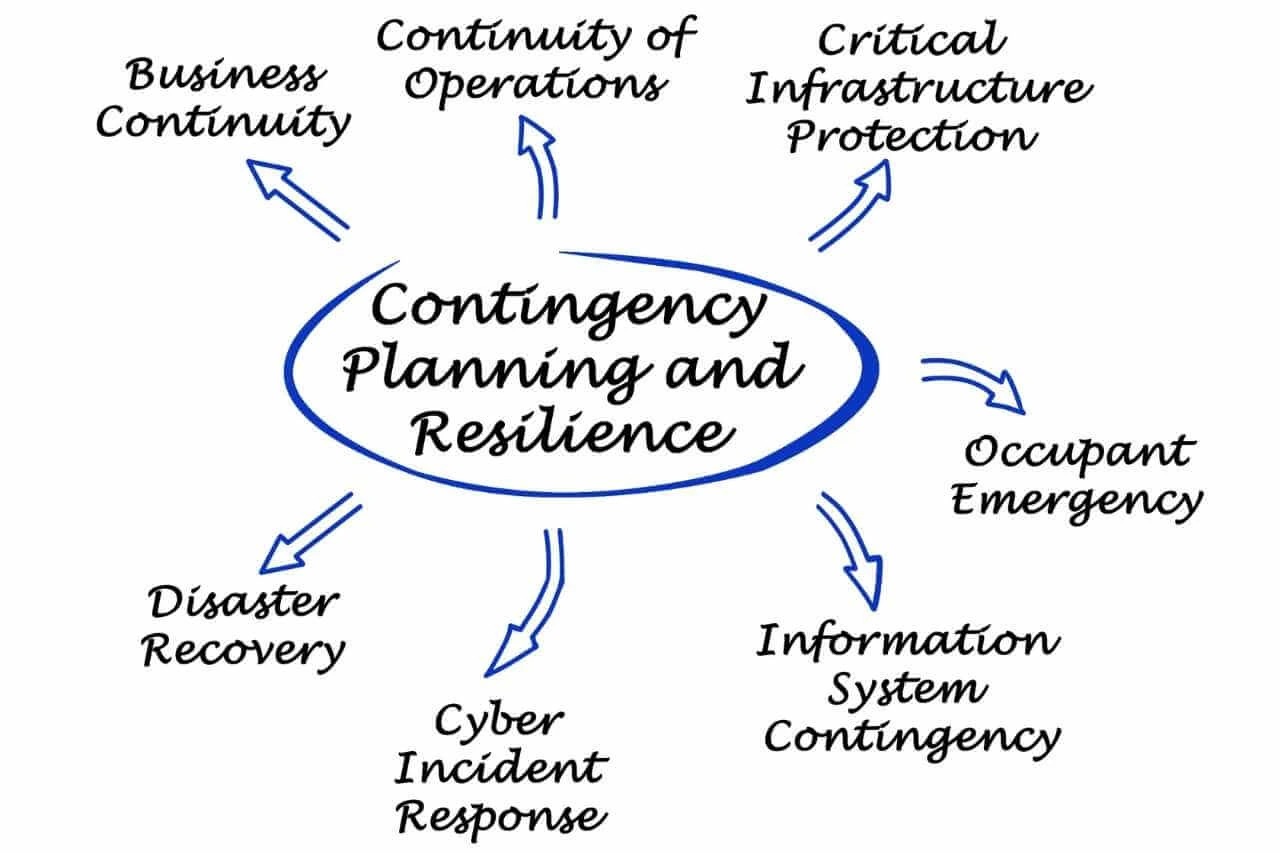
Your risk contingency plan is essential for a few reasons.
Gives You Confidence
First, it gives you confidence that you have a plan if something goes wrong. You can feel good about yourself if you have a contingency plan that works out. You’re not just going through the motions when things aren’t going well.
Helps Minimize Damage
The most important reason for having a risk contingency plan is to minimize the risk of damage. Make preparations in advance rather than react to a disaster after it occurs. Contingency plans should be simple and easy to understand by all employees. The more complex and detailed the project, the more difficult it is for employees to understand, remember and follow.
Bounce Back Quickly
It also helps you bounce back quickly from adversity. When something terrible happens, it’s hard to get over and move on as soon as possible. A contingency plan can help you take action quickly after overcoming an obstacle so that people don’t lose faith in the company or its products and services.
Improved Reactivity
A contingency plan project management can help you respond quickly to new situations, such as an illness or natural disaster. You will be prepared to put appropriate solutions for the problem, whether canceling business trips or putting up a temporary sign on the door.
The plan should also allow you to suspend operations if necessary. For example, if your business is based on supplies arriving at the front door on schedule each day. But it’s raining outside when one of your drivers comes with a load of product, and there is no way to get it indoors before its expiration date. Your contingency plan needs to include methods for loading it into trucks or other vehicles so it can be delivered to stores that need it.
Conclusion
While in some cases, project managers can estimate the work involved in a project precisely. Often this is not the case. Project managers must prepare themselves for unforeseeable events. A good contingency plan can save the day and keep a project on track.
Along with the risk contingency, providing your staff with appropriate project management tools, such as ProScheduler, can guarantee positive results for your company. This program not only aids them in effectively managing their assignments but also lets them keep track of current projects regularly.


